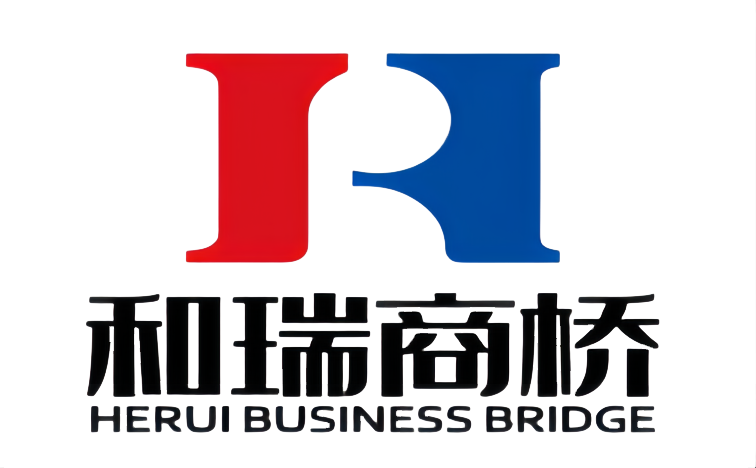How to identify the positive and negative sides and the warp and weft directions of textile fabrics。
1. Identification of front and back sides of textile fabrics
It can be roughly divided into identification according to the organizational structure of the textile fabric (plain, twill, satin), identification according to the appearance effect of the textile fabric (printed fabric, leno fabric, towel fabric), identification according to the pattern of the textile fabric, identification according to the fabric edge characteristics of the textile fabric, identification according to the appearance effect of the textile fabric after special finishing (fuzzing fabric, double-layer and multi-layer fabric, burnt out fabric), Identify according to the trademark and seal of the textile fabric, and identify according to the packaging form of the textile fabric;
2. Identification of warp and weft direction of textile fabrics
It can be identified according to the selvage of textile fabric, the density of textile fabric, the raw material of yarn, the twist direction of yarn, the structure of yarn, sizing situation, reed mark, the warp and weft yarn density, twist direction and twist of fabric, and the extensibility of fabric.
Identification of Appearance Quality of Textile Fabrics
1. Identification of textile fabric defects
The defects of the textile fabric include broken warp, heavy yarn, skip pattern, split edge, cobweb, broken hole, roving, slub yarn, belly yarn, double weft, tightly twisted yarn, uneven evenness, loose yarn, thin weft, thin segment, secret path, thick segment, edge defect, cotton knot impurity, spot, color stripe, crosspiece, weft shedding, foot, crease, shuttle rolling, damage, wrong weft, loose warp, reed path, reed threading error, narrow width, diagonal reverse, pattern mismatch, color difference, color stripe, stripe, stripe The defects such as inconsistent patterns, dark and light dots, skew, printing deviation, desizing, color pattern and staining can be identified according to the appearance characteristics.
2. Identification of Deteriorated Textile Fabrics
The main methods are to see, touch, listen, smell and lick.
Look, observe the color and appearance of the fabric for signs of deterioration. Such as wind stains, oil stains, water spots, mildew spots, staining, discoloration or abnormal features of the fabric.
Touch and hold the fabric tightly with your hands to see if there are any deterioration symptoms such as stiffness, moisture, and fever.
Listen, the sound produced by tearing the fabric is in contrast to the crisp sound produced by normal fabric, such as dumb, muddy and silent, which may deteriorate.
Smell. Smell the fabric to determine whether it is deteriorated. Except for the specially finished fabric (such as coated with rain proofing agent or treated with resin), any fabric with unusual smell, such as acid, mildew, bleaching powder, etc., indicates that the fabric has deteriorated.
Lick, after licking the fabric with your tongue, if the flour is mouldy or sour, it means it has become mouldy.
Post time: Oct-17-2022

